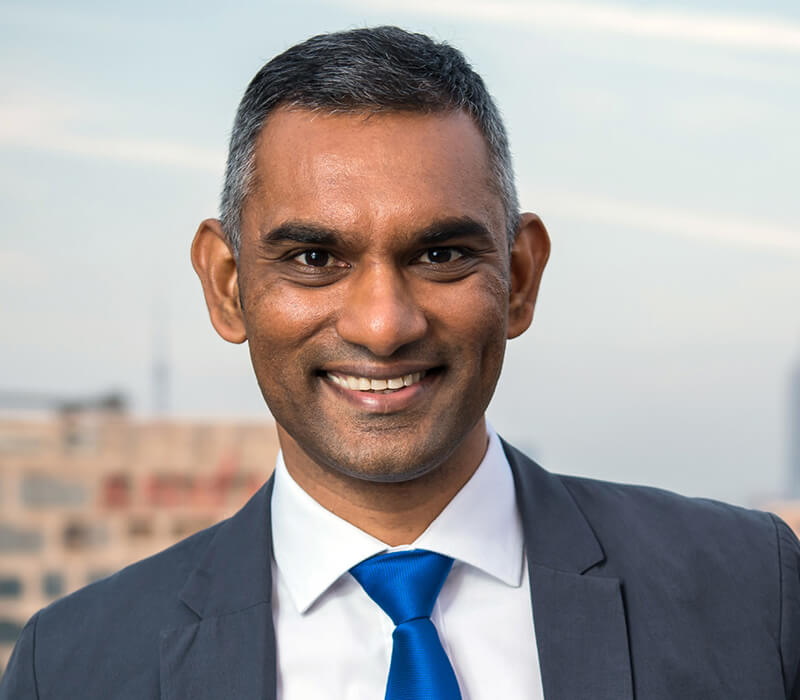Vietnam recently announced that it would allow international flights to six major cities– a good indication that Southeast Asia’s economic engines are beginning to turn– a result of the exceptional measures taken to contain the COVID-19 crisis. Comparable low infection and low mortality rates have given governments confidence and assurance that the region is ready to resume its positive development trajectory. In this restart, it is essential to be reminded where we were, what gains were made and what strategies will ensure continued success for citizens and the national interest.
Broadly, there are three key disciplines stakeholders need to be acutely aware of as the region emerges out of the pandemic and catapults into the 21st century: development policies, economic strategies and a design mindset.
DEVELOPMENT POLICIES
Southeast Asia is known for having social and generational complexities that can sometimes hinder its universal success. Stakeholder engagement and awareness of policy intent can peel away some of these complexities and drive progress– ensuring wide acceptance and rapid integration.
There is no one policy that will be the panacea for the region. Each country, province, city and rural district will need unique solutions for their unique challenges. For example, Indonesia recently announced changes to foreign ownership laws; this will unlock numerous opportunities once enacted in 2021. Whenever policies are crafted, whether at the national or local level, policymakers must consider a holistic, long-term vision, benefits and service to the end-user– all sustainably maintained and resilient, adaptable and flexible to changing conditions.

ECONOMIC STRATEGIES
Southeast Asia’s economy can be broadly categorized into two sectors: traditional and industrial. The conventional industry covers agriculture, timber, rubber, fishing and tourism, while the industrial sector includes petrol, chemical, automotive, garment, mining and electronics. As urbanization and modernization march on, other sectors will naturally emerge by design or by necessity to diversify or move towards a holistic and productive economic ecosystem. The service economy is one such sector poised for advanced maturity, already supporting banking, finance, healthcare, telecommunication, insurance, technology and education. Eventually, there will be sectors covering innovation, media, the internet of things (IoT) and artificial intelligence (AI). Within the bloc, Singapore has already developed several of these sectors, but only at a national level. Transferring and developing these sectors in member blocks will ensure long-term economic success for all members.

DESIGN MINDSET
The region is home to some of the densest cities on the planet; it has been this way for decades. There is an innate understanding and appreciation for urbanism and urbanization. Though it may appear chaotic to the naked eye, there is an order, a rhythm, inherent vibrancy, constant change, growth and opportunity. With these qualities, cities and urban centers continue to be people magnets– encouraging a continuous stream of new city dwellers. This compounded growth has now converged with negative impacts on urban systems supposed to provide an acceptable quality of life for inhabitants. Adopting a design mindset has now become critical to reverse the decline of urban life quality.
A design mindset can be a transformative tool for the 21st century– allowing multidimensional and multi-disciplinary thinking. Design not only shapes and articulates buildings and the built environment, but it also shapes processes, methodologies, strategies and frameworks.

Restarting ahead of many other global economies, Southeast Asia is creeping out of the COVID-19 crisis. Industries are starting up and markets are being connected. Continued clarity and empowerment of crucial development strategies must be maintained to ensure a clear path to full recovery, starting with smart and flexible government policies to support sustainable and prosperous urban growth, followed by creative, human-centric resilient economic solutions from private, public, and investor sectors. Finally, adopting a design mindset to ensure development is fundamental to drive the region into the 21st century.
To read an expanded version of this article, click here.
 Maysho Prashad
Maysho Prashad